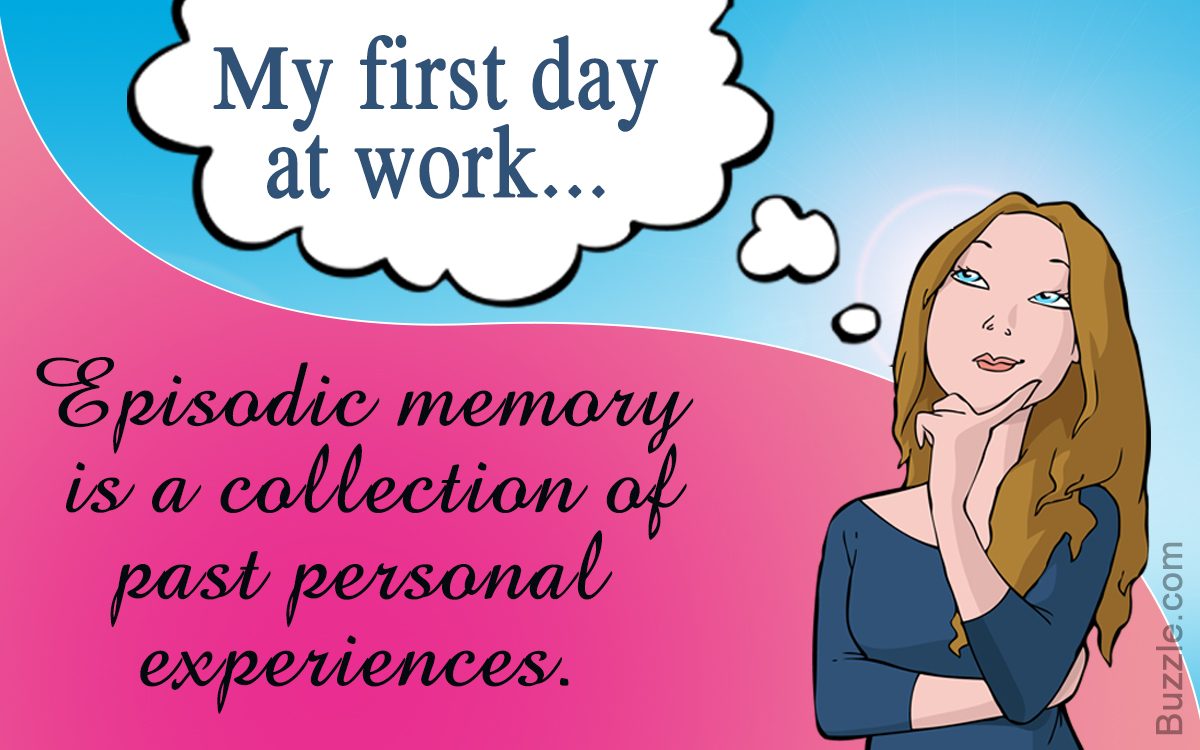Welcome back to the blog, everyone! We only have about two full weeks of classes left before the start of finals week, which means this is the second-last blog post that we'll be having. This week we're on the subject of situational influences, the external influences on our consumer decision process. In particular, we're going to be talking about the antecedent state of a consumer and how it may affect what we buy.
Whether or not we acknowledge it, our mood has a lot to do with the purchases that we make. Right after a breakup, you may be depressed and more likely to give in to the chocolates in the grocery line. If you're feeling really motivated, maybe you're more likely to skip over those microwaved meals and try to get some ingredients to actually cook for once. No matter the situation, we've all had antecedent states that have influenced what we buy. Sometimes those purchases may end up a little strange, though. Take for example a peculiar purchase I made when I was in elementary school.
I will be the first to admit that I was a stubborn child. Whenever I was told I shouldn't do something, I usually did that thing
immediately after being told that. But let me set the scene of the day for you. It was summertime, I was out of school for the season, so I often found myself dragged around by my mom to do errands with her. One of her favorite activities was going to garage sales. With two young kids, she needed a way to get out and find some cheap things to buy. Usually she used it as a social activity with my grandmother, but with her being busy, she only had her stubborn little daughter to bring along.

The day had already started with me being extremely difficult. For breakfast, I had wanted pancakes, but we didn't have any eggs. I was obviously devastated over this notion and had been being a brat about it for hours. Additionally, I wanted to stay home and play with my toys, not be dragged to some weird person's house to look at clothes and old furniture. My antecedent state was not great. And so when my mom was finally sick of me pouting, she decided there was some way to cheer me up. She told me I could get any one thing I wanted, within reason (I couldn't get a couch or drawer, for example). That's when my little elementary brain started to turn. I'm sure my mom meant for me to pick a Barbie doll in the nearby toys chest, or maybe a board game I thought looked cool. But oh no, she had said
anything, and she meant it. I wanted to get her back for the breakfast catastrophe earlier. So I did what any little stubborn brat would do.
I chose the ugliest knick knack I could find in the whole house.
After a long search, I settled on a porcelain cookie jar. However, it wasn't just
any cookie jar. This one had the Christmas theme of an elf in red and white colors. Think of Elf on the Shelf staring at you with cold black eyes. That's right, I wanted an elf-themed cookie jar in the middle of July, and nothing was stopping me from having that porcelain nightmare.
 |
| Think of something like this and make it 1000x more terrifying and ugly on a cookie jar |
Bless my mother, she tried her best to talk me out of it. She showed me different Polly Pocket dolls and horse figures, but my stubbornness could not be broken. I was going to get that damn elf cookie jar. It was fine retribution for what she had done to me for breakfast. After a bit of arguing and me reminding her that she had promised me
anything, she finally pulled a crisp dollar out of her wallet and handed it to the bemused owner.
I walked out of that sale with the cookie jar snuggly tucked in my arms, hugging it with a triumphant smile on my smug face.
I honestly doubt I would have even given that jar a second look if I hadn't been in the annoyed state that I was in. It was quite honestly something that wouldn't interest me (to be honest, it would have scared me a little). However, my antecedent state had affected what I was interested in buying, as well as the
reason I wanted to buy something. It really shows you how powerful a mood or temperament can be to the consumer decision process.
I guess, in the end, the joke's on me. I eventually threw that monstrosity out after having nightmares about the elf coming off of the cookie jar and following me. Still worth it, though.






















